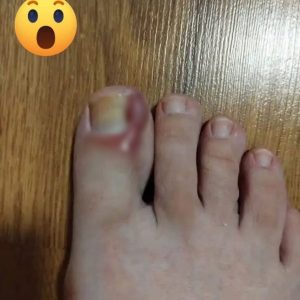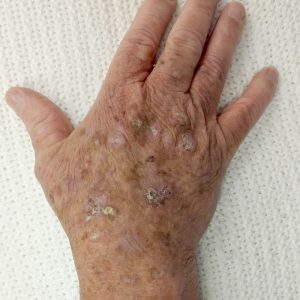Sleep apnea is a serious condition that affects millions of individuals worldwide, including President Joe Biden. It is characterized by temporary pauses in breathing that last for 10 seconds or more. Experts emphasize the importance of raising awareness about sleep disorders and their potential consequences.
Obstructive sleep apnea, the most common form of the condition, occurs when the airways are partially or completely blocked by relaxed or weak soft tissues. This differs from central sleep apnea, where the brain fails to signal the body to breathe intermittently. It is estimated that at least 25 million American adults and 936 million adults aged 30 to 69 globally suffer from obstructive sleep apnea, with many cases going undiagnosed. The prevalence of sleep apnea tends to increase with age due to the natural weakening of muscle tone, particularly in the soft palate and neck. Individuals over the age of 50 are more likely to experience sleep apnea, although studies have found that the condition tends to be milder in the elderly compared to younger age groups.
If left untreated, obstructive sleep apnea can lead to various health complications, such as hypertension, heart disease, type 2 diabetes, depression, and even premature death, according to the American Academy of Sleep Medicine. The condition disrupts the sleep cycle, causing multiple “micro-awakenings” throughout the night. Symptoms include excessive daytime sleepiness, loud snoring, dry mouth or sore throat upon waking, and morning headaches, as reported by the Mayo Clinic.
Fortunately, treatment options are available to address sleep apnea and restore normal breathing patterns, facilitating deep and restorative sleep. Weight loss is known to be effective in reducing or eliminating obstructive sleep apnea, as it reduces tissue mass in the mouth, tongue, and neck, alleviating pressure on the airway. Additionally, doctors may prescribe oral appliances that reposition the tongue or jaw to enlarge the airway. In some cases, surgical intervention may be recommended to address anatomical issues contributing to sleep apnea, such as nasal polyps, enlarged tonsils or adenoids, or a deviated septum.
For mild cases of sleep apnea, positional therapy, which involves sleeping on the side instead of the back, can improve airflow and reduce snoring. Continuous positive airway pressure machines (CPAP) are commonly used to treat sleep apnea. These devices deliver a constant and steady air pressure through a mask, ensuring the airway remains open during sleep. Modern CPAP machines allow physicians to remotely monitor sleep patterns and adjust air pressure accordingly. Experts suggest that CPAP therapy can alleviate various complications associated with sleep apnea, including daytime fatigue, high blood pressure, and sexual dysfunction.





